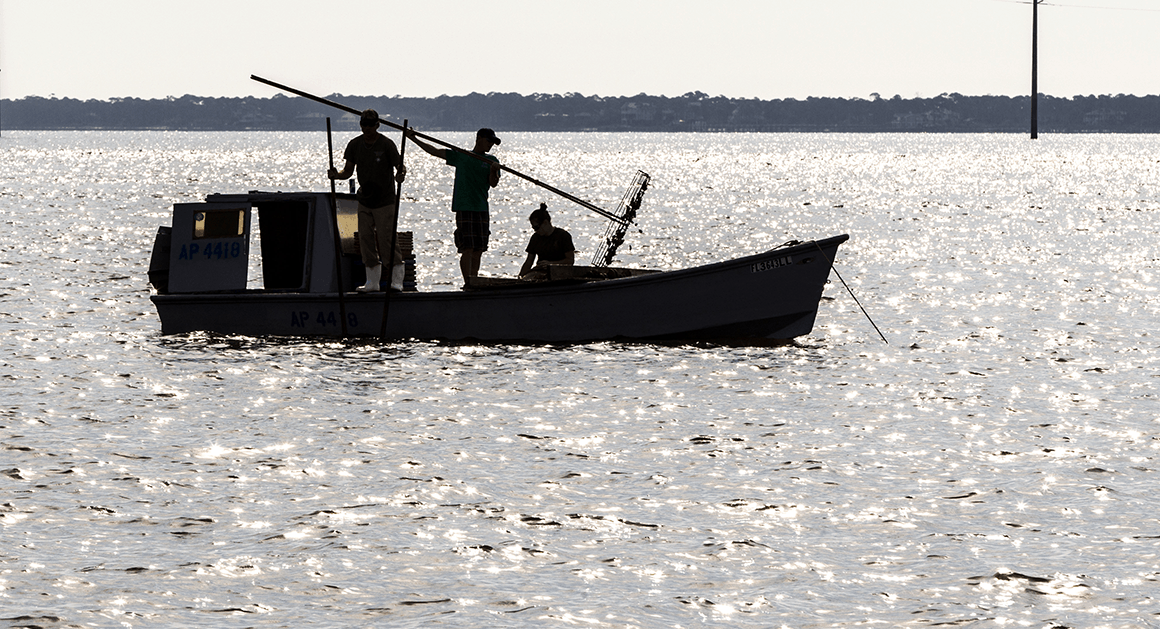
A bill that would ban drilling in environmentally sensitive areas has cleared its second and final House committee.
The measure (HB 1143) from Republican Rep. Jason Shoaf and Democratic Rep. Allison Tant passed the State Affairs Committee unanimously, with three Representatives absent. The measure now sets sail for the House floor.
The bill would require the Department of Environmental Protection (DEP) to conduct a “balancing test” before granting a permit for oil and gas activities in areas within one mile of the coast or other bodies of water.
The agency would be required to consider the need to protect natural resources and weigh that against the potential harm, and whether the natural resource would be adequately protected in the event of “an accident or a blowout from oil or gas drilling or exploration activities,” according to the bill analysis.
It would prohibit the “drilling, exploration, or production of oil, gas, or other petroleum products within 10 miles of a National Estuarine Research Reserve.”
That means such drilling or resource exploration would be banned near places such as the Apalachicola Bay.
The measure was prompted, in part, by a draft permit issued by DEP last year for exploratory drilling in Calhoun County along the Apalachicola River, which spurred bipartisan opposition over fears that such activity could harm the local ecosystem and impact already struggling shellfish farmers and nearby fisheries.
The National Estuarine Research Reserve (NERR) System is a network of estuaries targeted for long-term research and environmental protection. Three are in Florida — Apalachicola Bay, the Guana Tolomato Matanzas NERR along the Guana and Tolomato rivers north of St. Augustine, and the Rookery Bay NERR in Naples.
The three areas would receive automatic protection under the bill from drilling activities. The bipartisan support appears to come with good reason.
The Apalachicola NERR is one of the most productive in the northern hemisphere, the staff analysis notes, with nearly 235,000 acres that serve as a foraging area for migratory birds and as a major support for the local fishing industry, which is worth an estimated $14 million to $16 million annually.
The Guana Tolomato Matanzas NERR includes salt marshes, mangrove tidal wetlands, oyster bars, lagoons, upland habitat and, perhaps most importantly, calving grounds for the endangered right whale.
And the Rookery Bay NERR, primarily open water, supports 150 species of birds and a number of endangered and threatened species, including the Florida Panther.
A Senate version of the bill (SB 1300) has cleared one of three committees and is scheduled for a hearing before the Senate Appropriations Committee on Agriculture, Environment, and General Government on Thursday.



